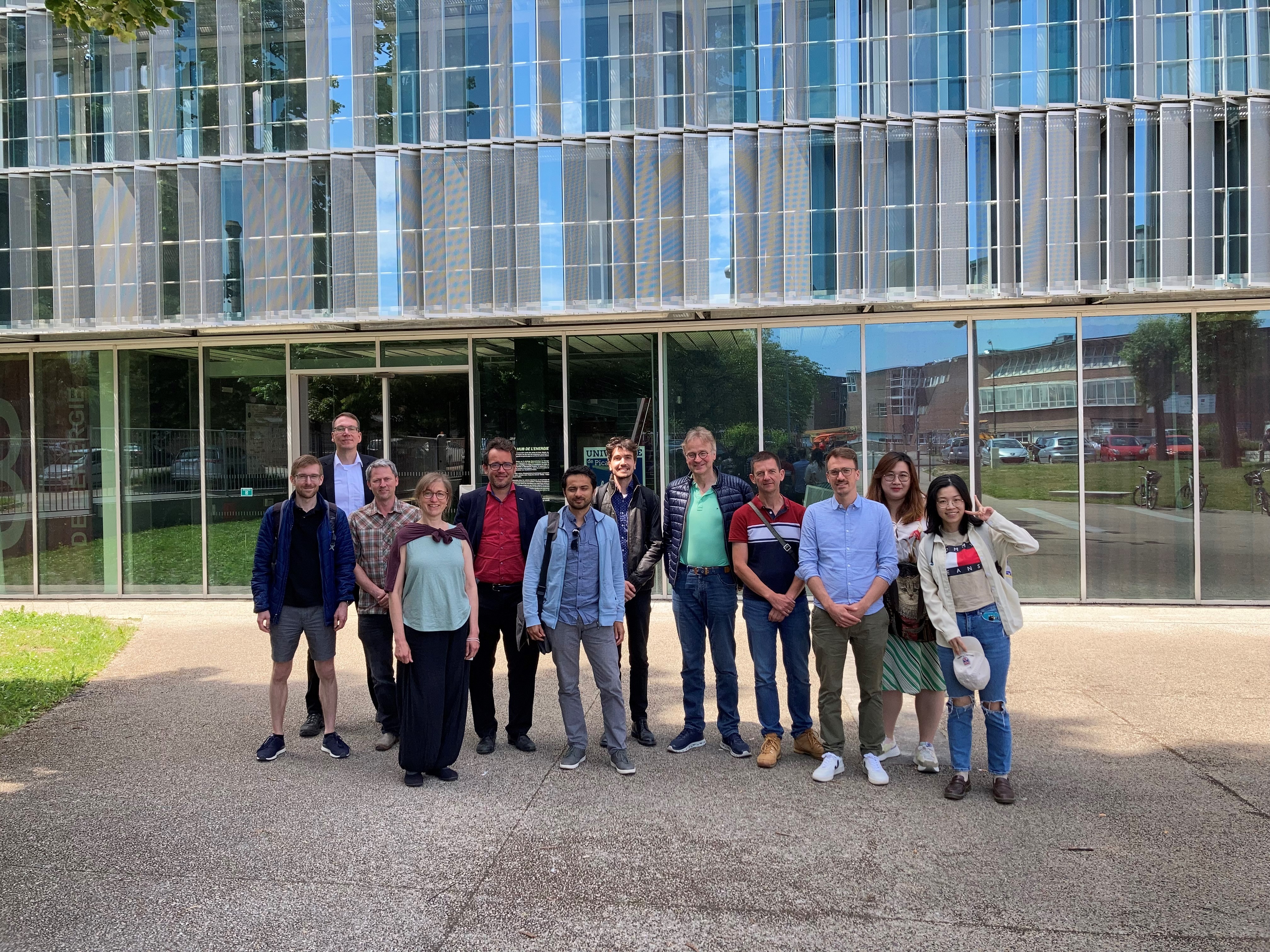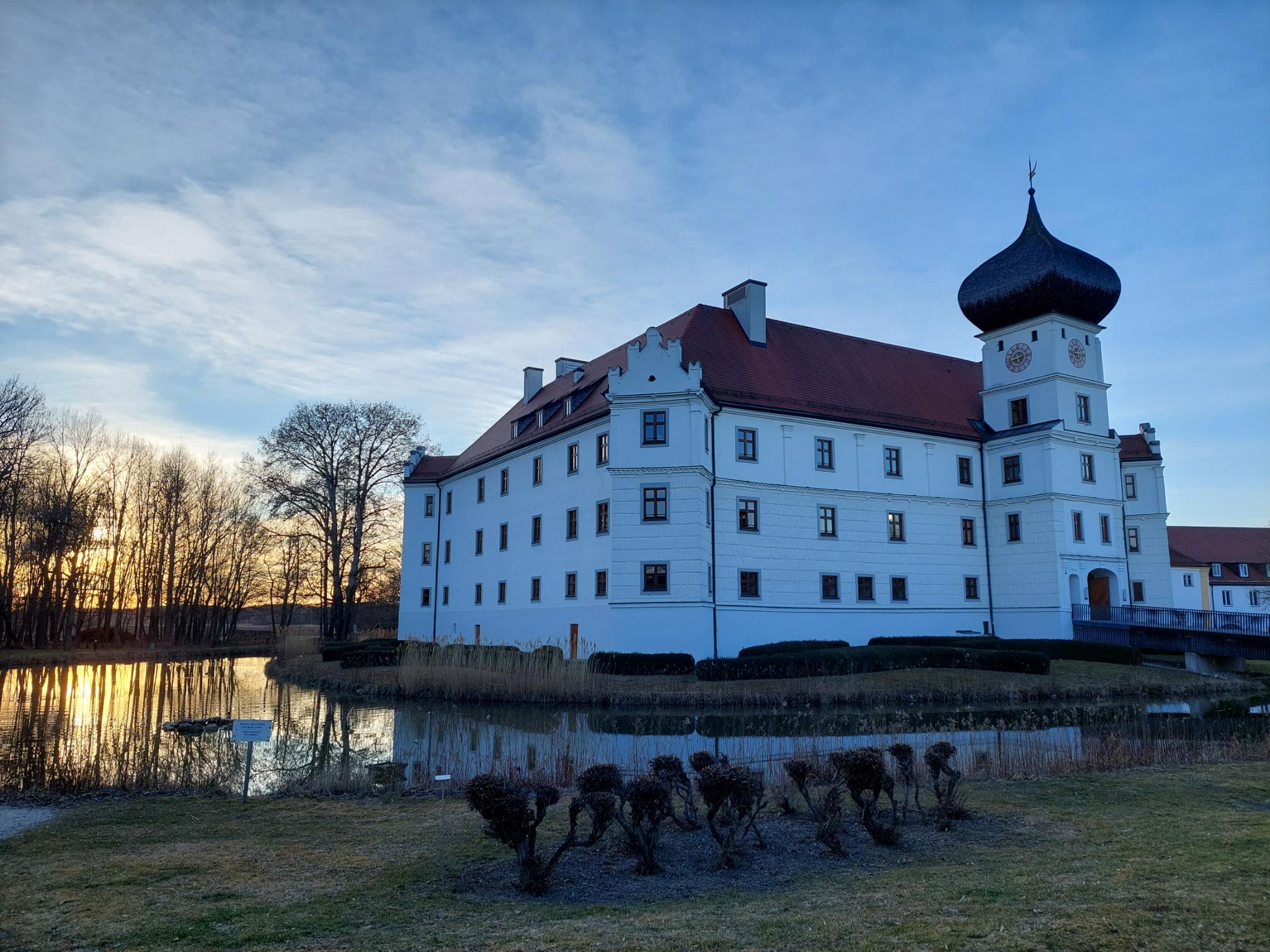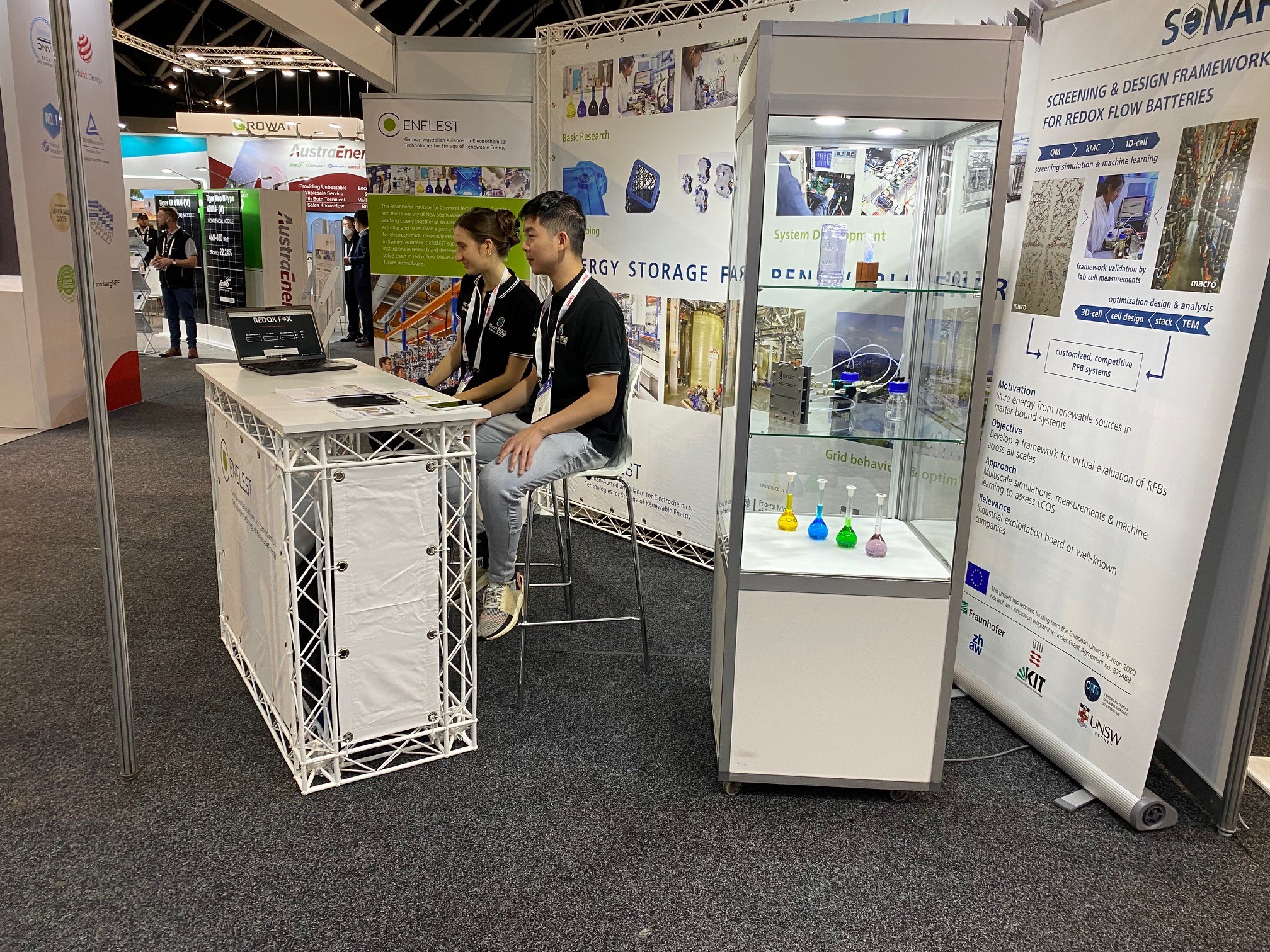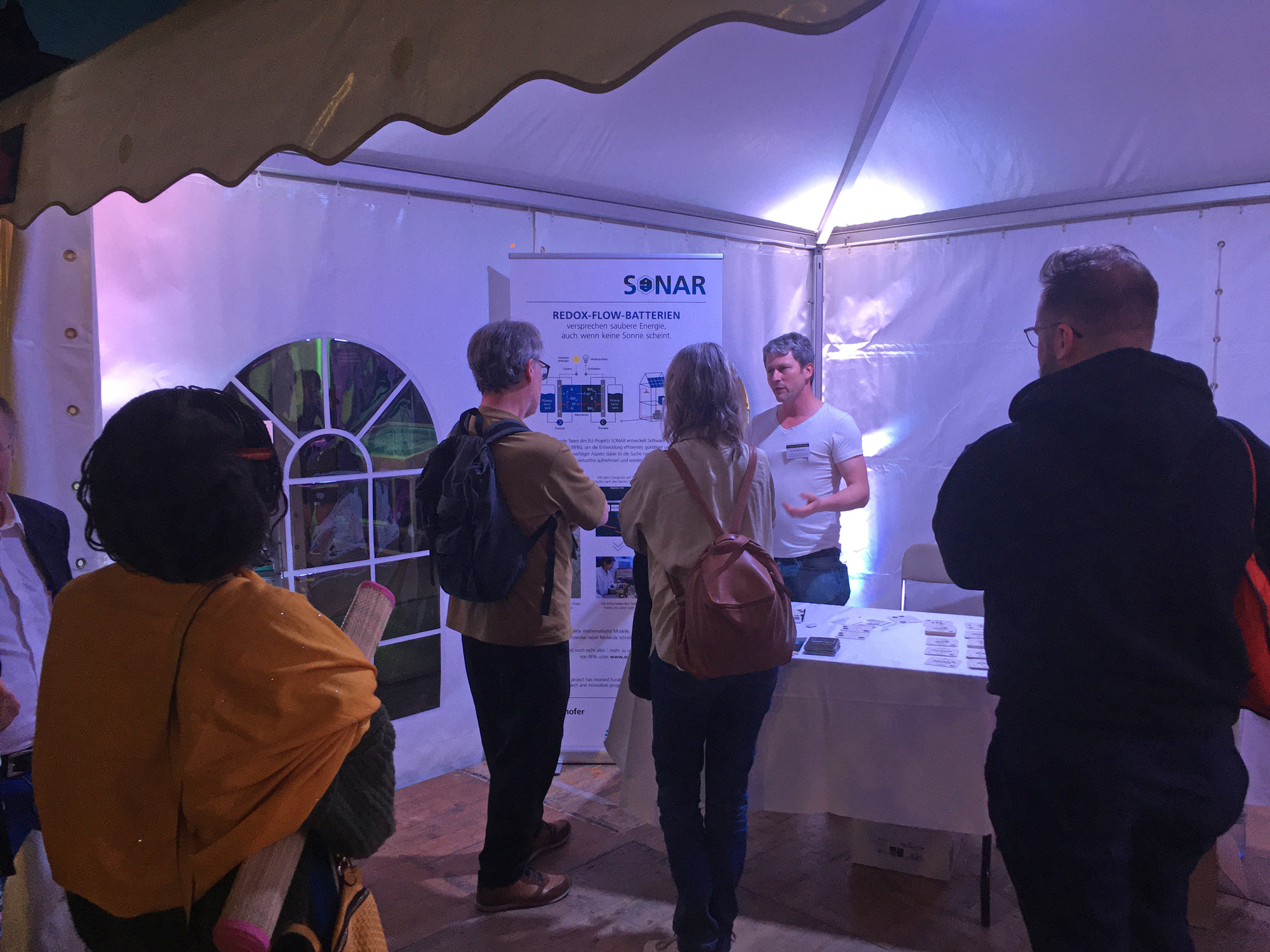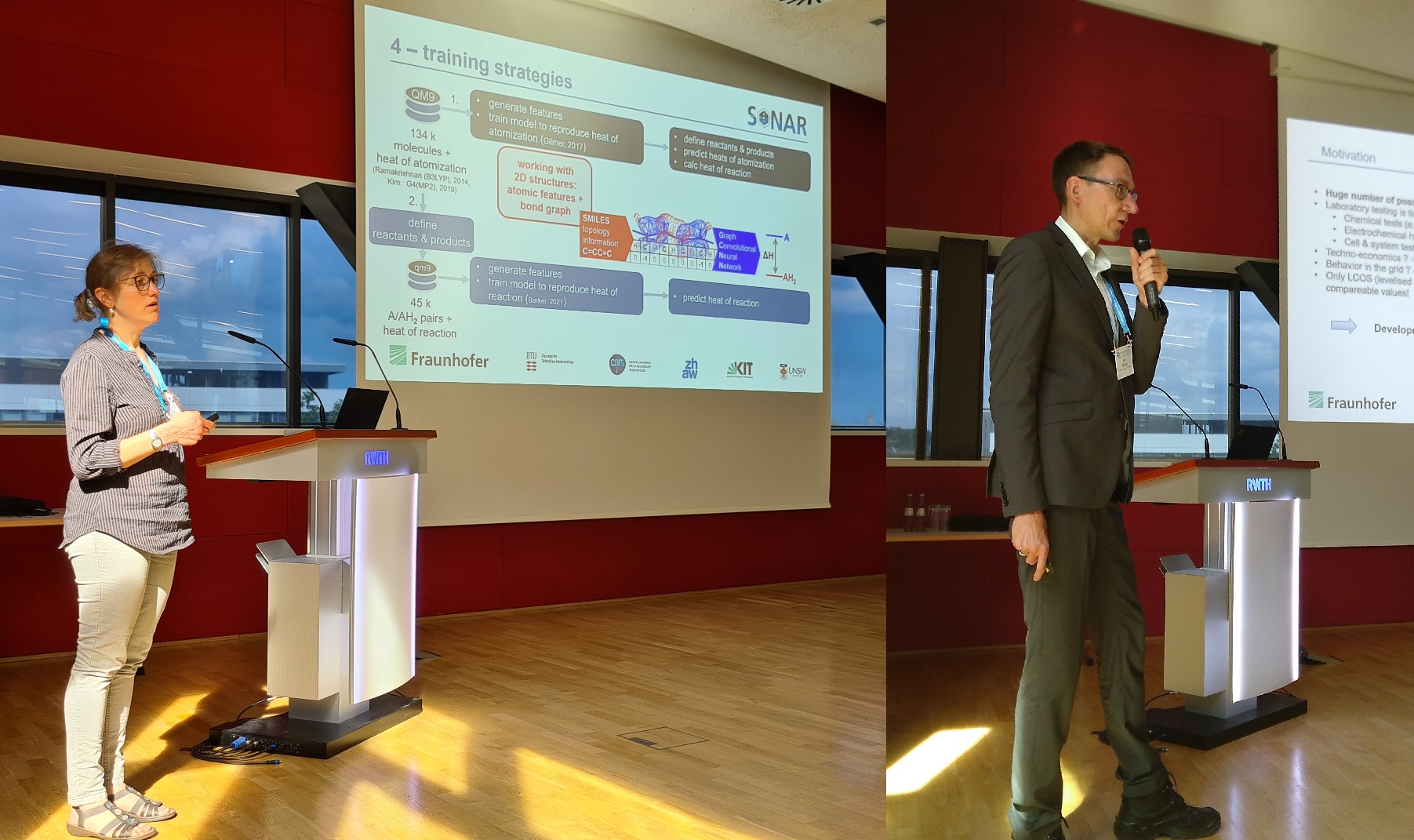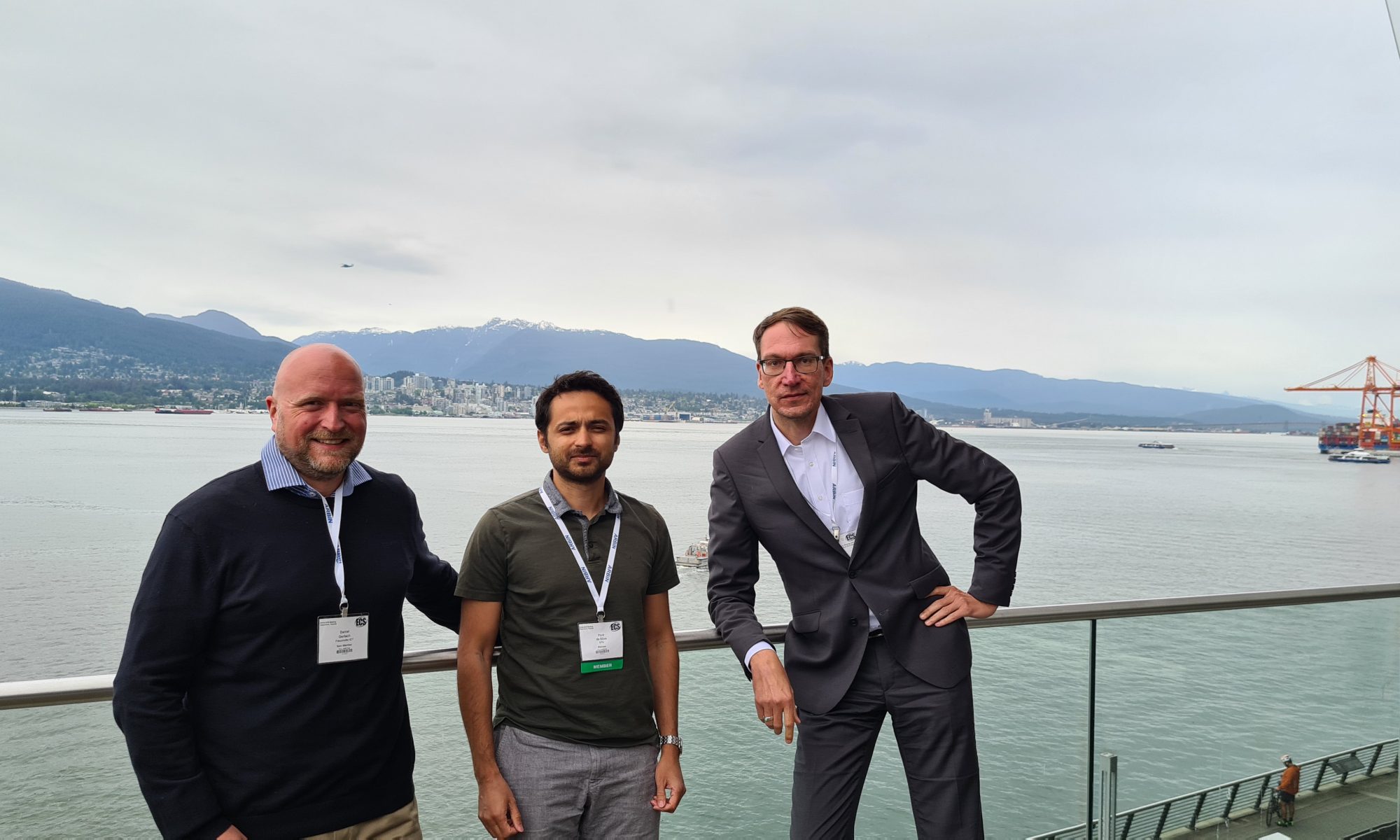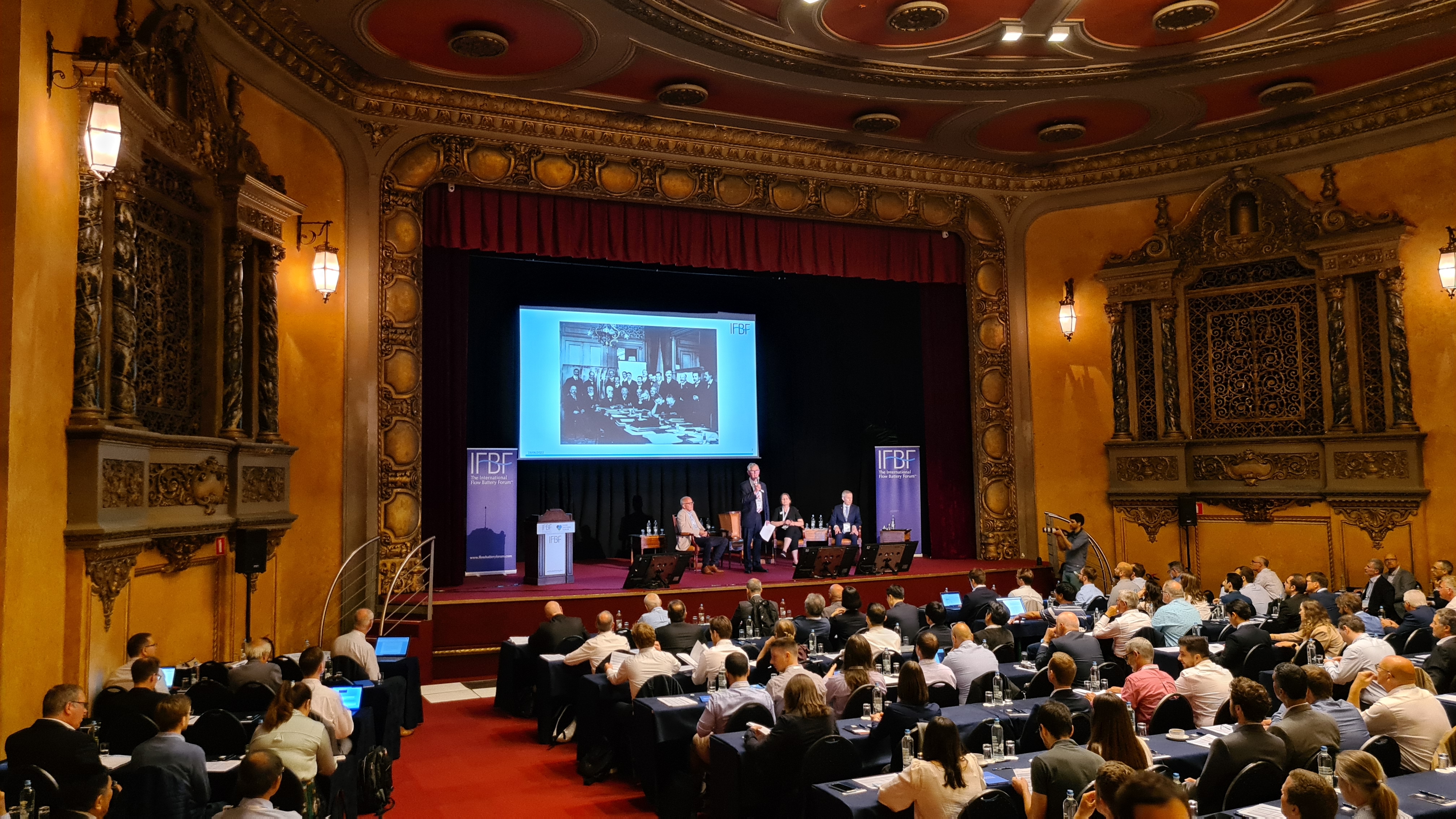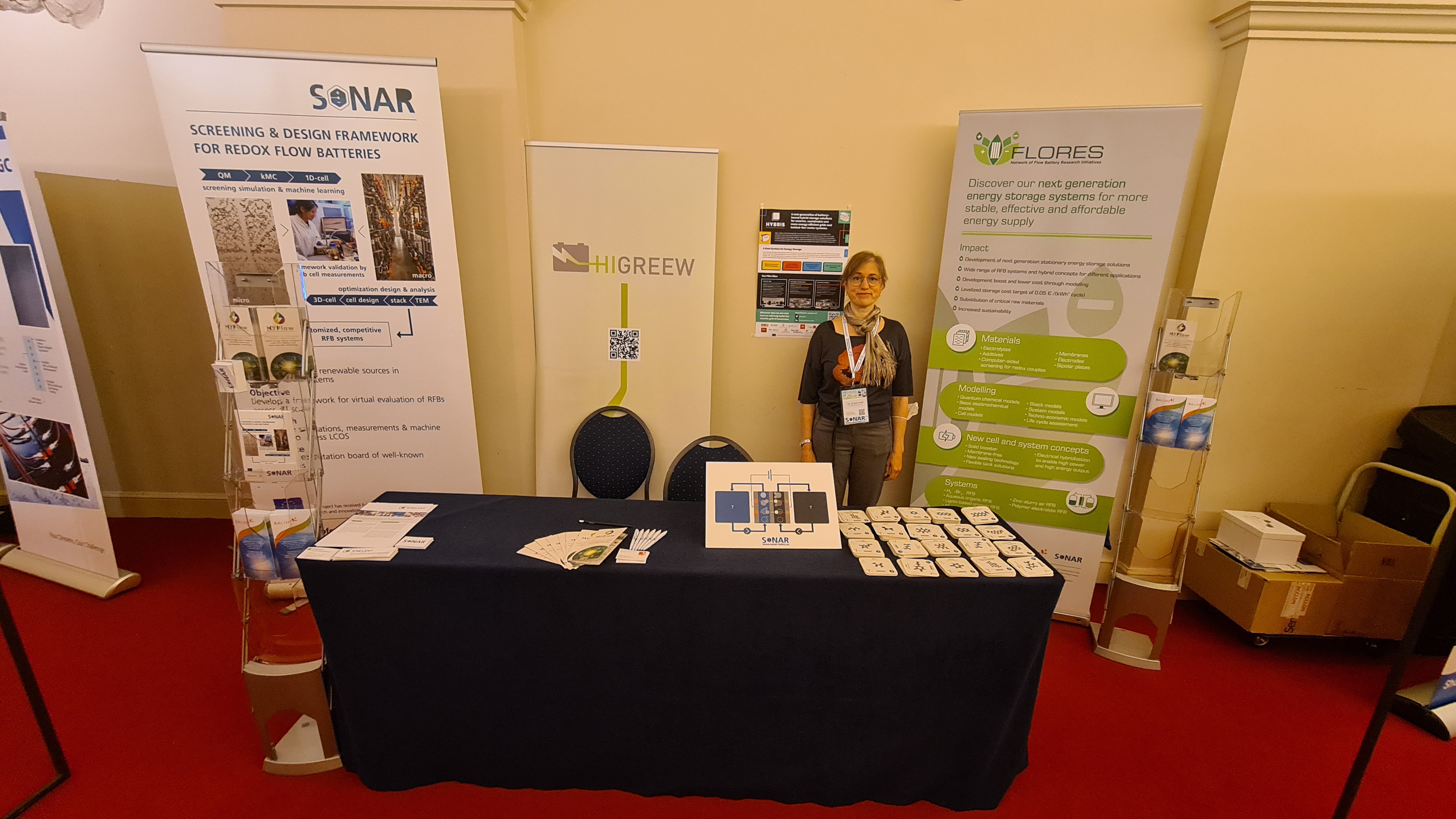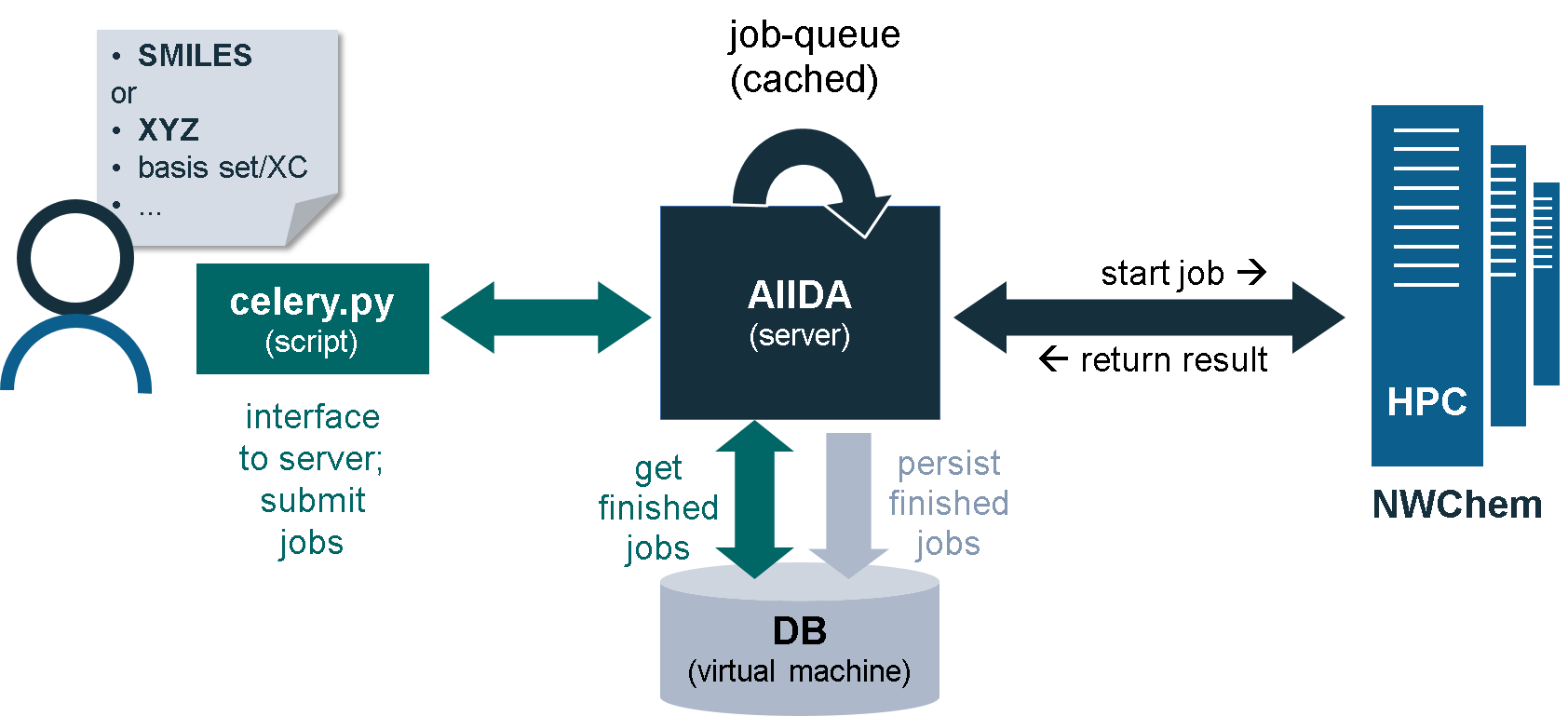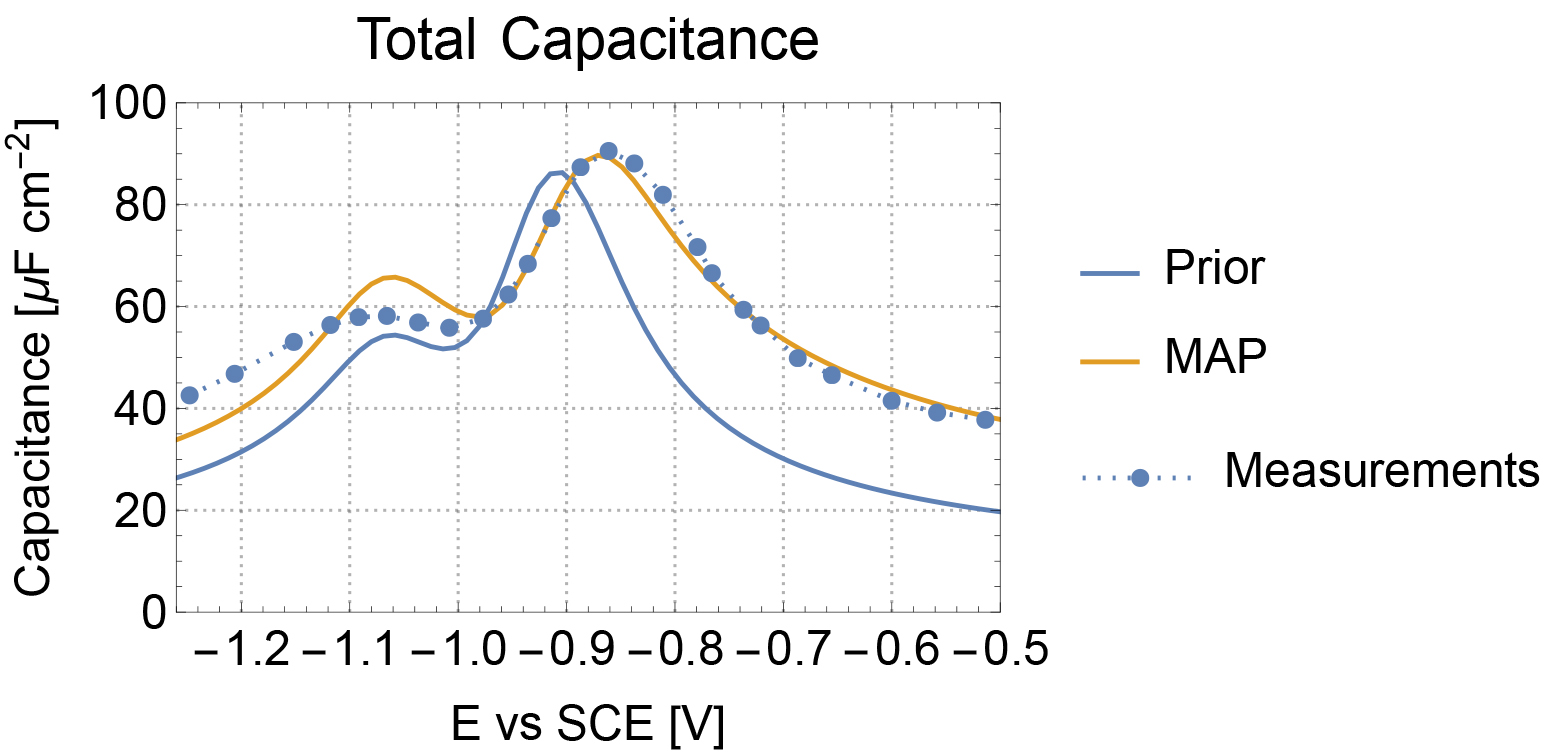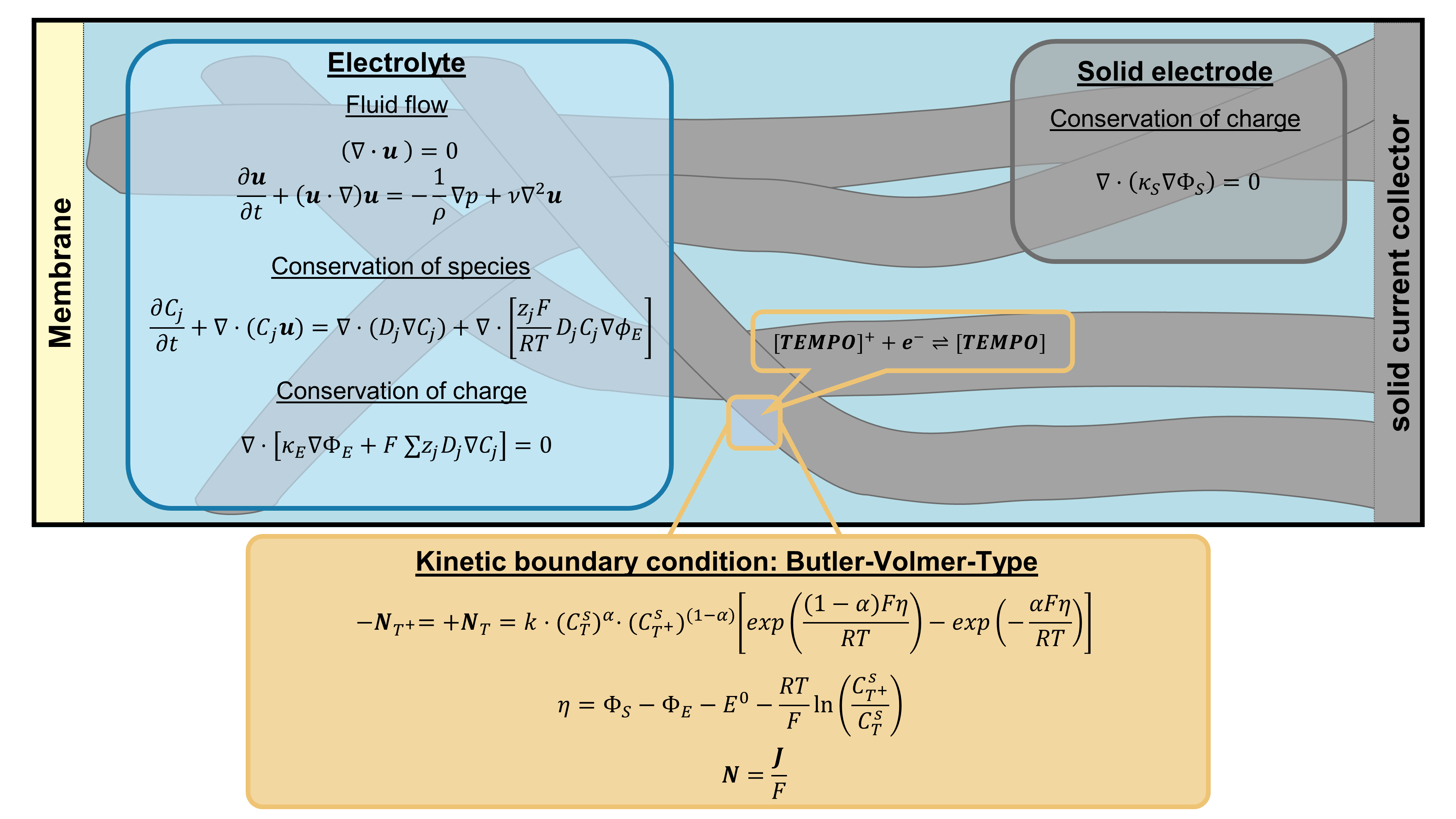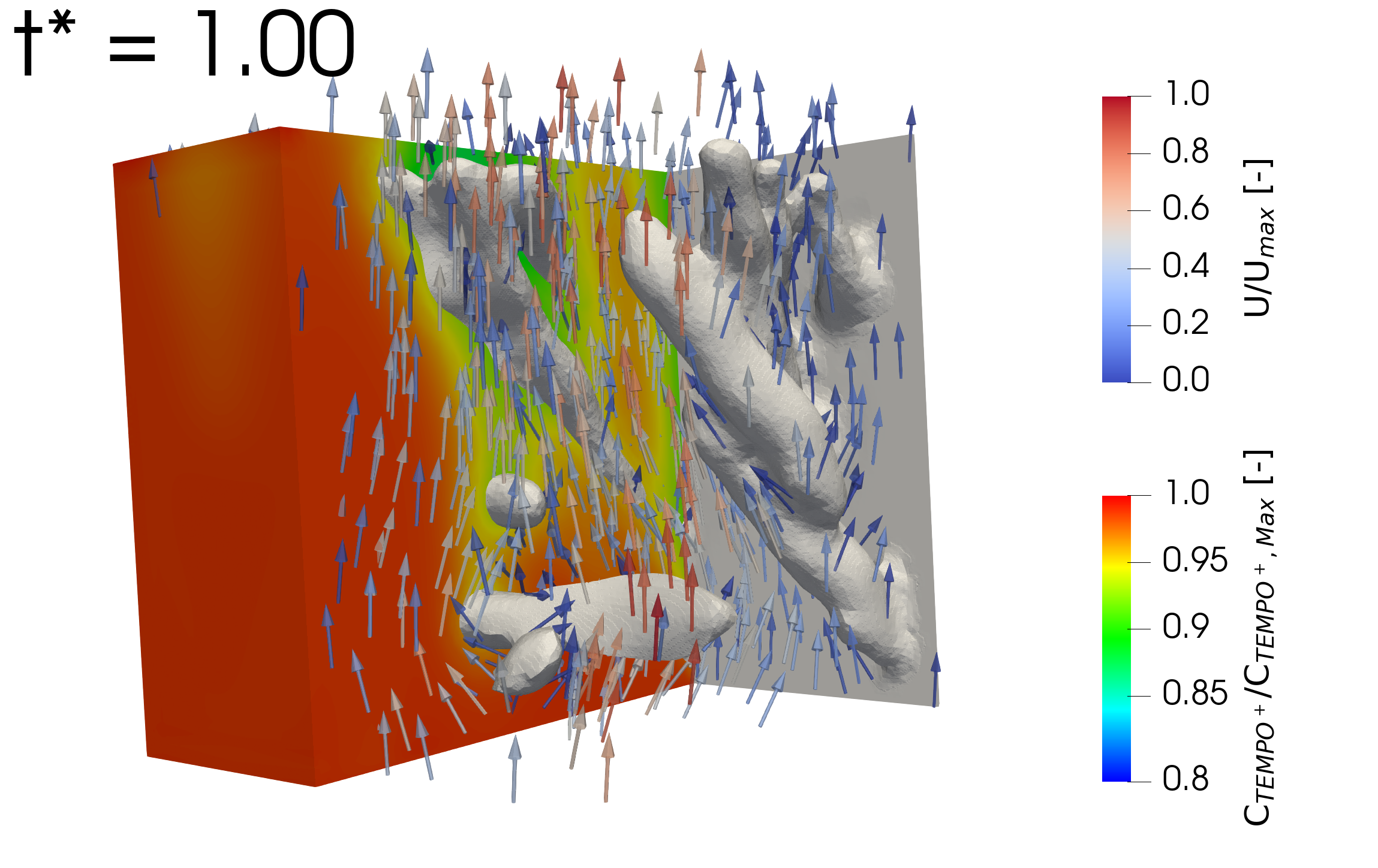Word from the coordinators
Dear readers,
After a long period of COVID-induced online meetings and virtual conferences, the SONAR-team used the spring and the regained possibilities to promote SONAR-topics and increase the visibility of the project in several conferences to both the scientific community and the general public. Members of SONAR attended many different events around the world and will continue to do so.
Apart from the refreshing social and academic exchange, the SONAR members also strive to make the best use of the project results. For this purpose, we held an exclusive workshop with the members of our Industrial Exploitation Board (IEB), but also another one together with the sister -Project COMPBAT. We carried out a joint COMPBAT/SONAR workshop, including a panel discussion immediately before the International Flow Battery Forum (IFBF). The workshop was well attended by delegates from several companies and from academia. One goal of the workshop was to get feedback from the industry on how to align our developments as effectively as possible to real world’s demands and how to use the results beyond the project duration. At this point, many thanks to all participants and their valuable tips! Some work packages have already taken up the suggestions and integrated them into the ongoing developments.
We wish all readers a hopefully continued successful and healthy 2022!
Carolyn Fisher & Jens Noack
(Project manager & Project coordinator)
 Modelling for the search for new active materials for redox flow batteries
Modelling for the search for new active materials for redox flow batteries